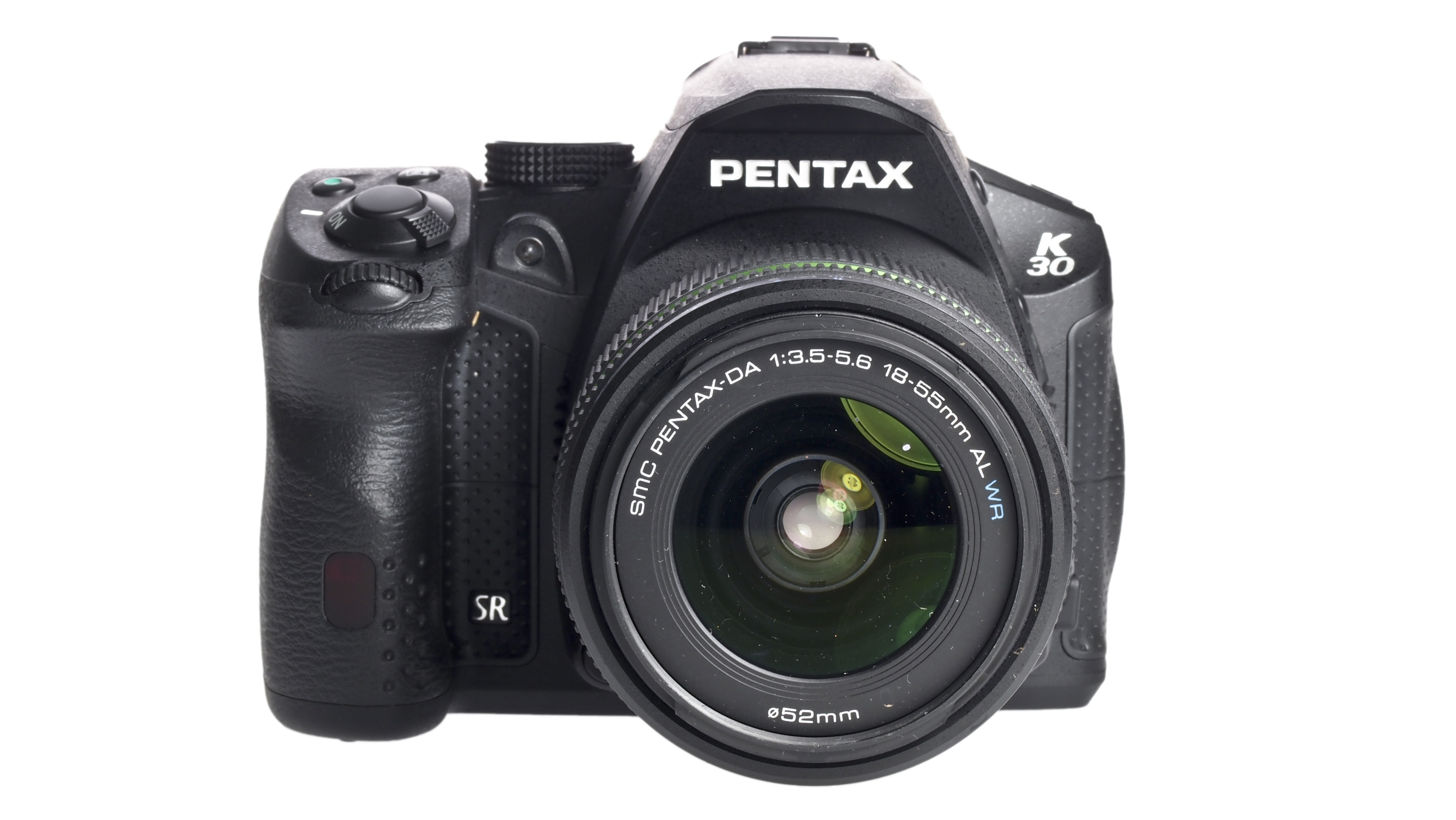Why you can trust TechRadar
Although it replaces the Pentax K-r, the K-30 has a very different shape, it's a bit more angular and has a bigger grip. In fact the grip is one of the most ergonomically shaped and comfortable to use that we have come across. For extra security it is coated with a textured rubber-like material to give it more purchase.
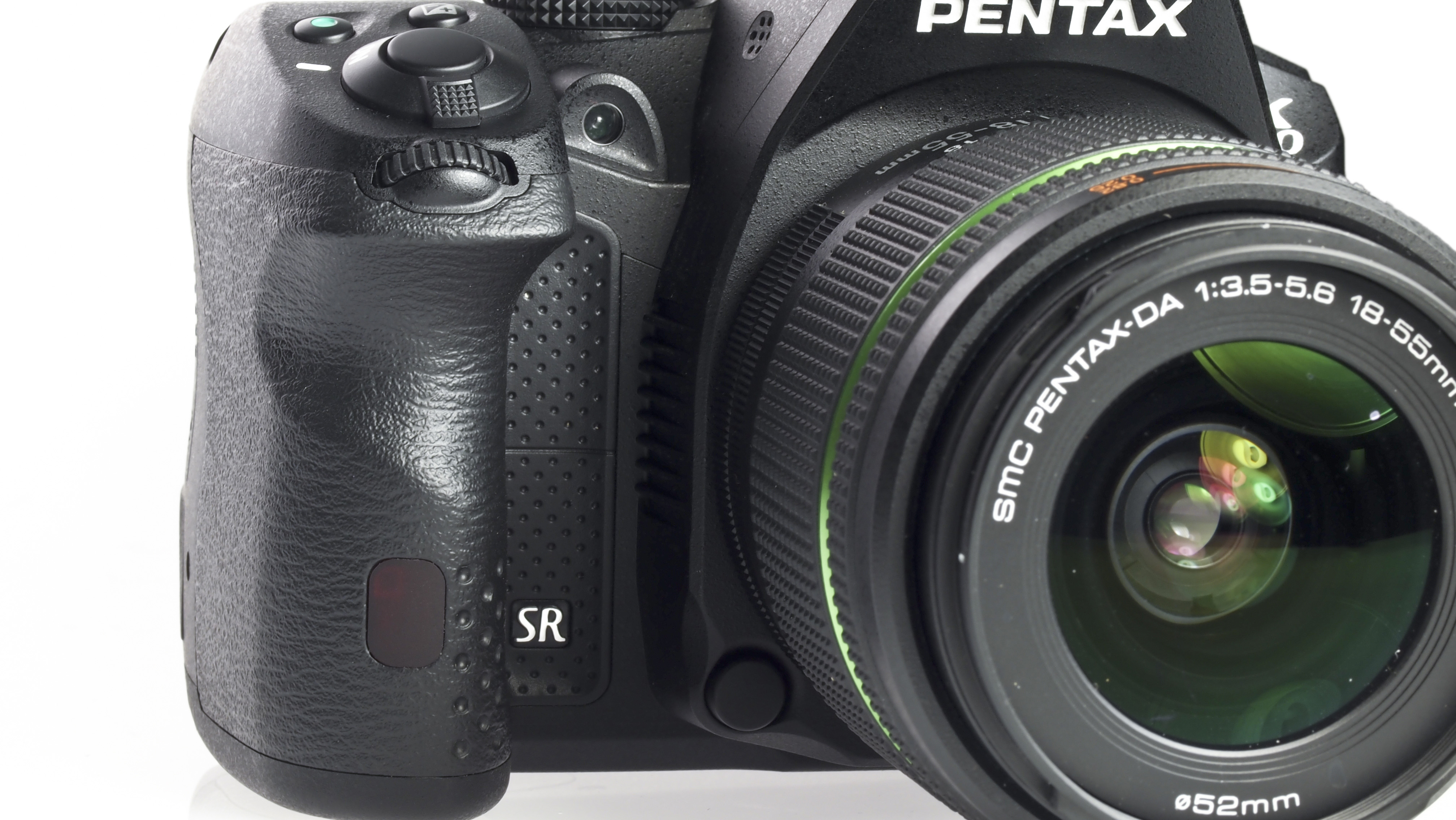
The K-30 also feels a little more robust than the K-r it replaces and this is underlined by the fact that it has 81 seals to keep moisture, dust and sand at bay.
During this test we took it out for a couple of hours in the pouring rain and even though there was water running down the camera, it still worked perfectly well. We took care not to change the lens or expose any of the ports while it was wet though.
When the sensor cleaning system is set to operate on powering up and down the K-30 starts up with a knocking sound and it feels like ball-bearing is bouncing around inside. It feels reassuringly solid.
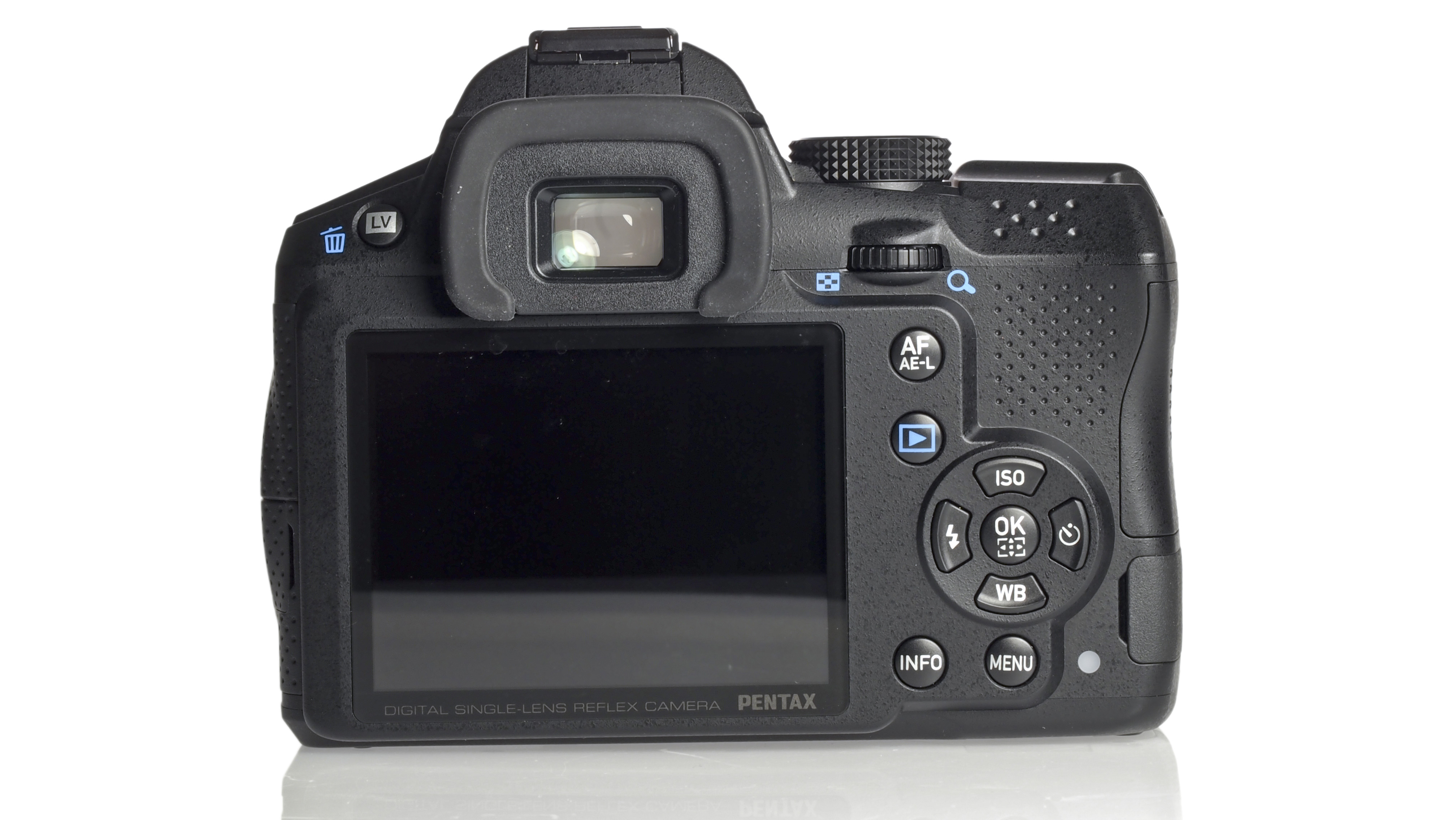
Unusually for an entry-level SLR, the K-30's viewfinder covers approximately 100% of the scene. It seems a little bit dim, which is more noticeable in low light, but at least there shouldn't be any surprises around the edges of the frame when images are reviewed.
While the screen layout looks a little simplistic and dated, it is up to the minute resolution-wise as it's in a 3-inch device with 921,000 dots and it provides in nice clear view in all but very bright light.
All the usual shortcut buttons are on-hand giving access to the sensitivity, drive mode, white balance and flash options. Helpfully the screen displays a graphic of the navigation buttons on the back of the camera making clear what shortcut options are on offer. This could be useful in low light or for those who have forgotten their reading glasses.
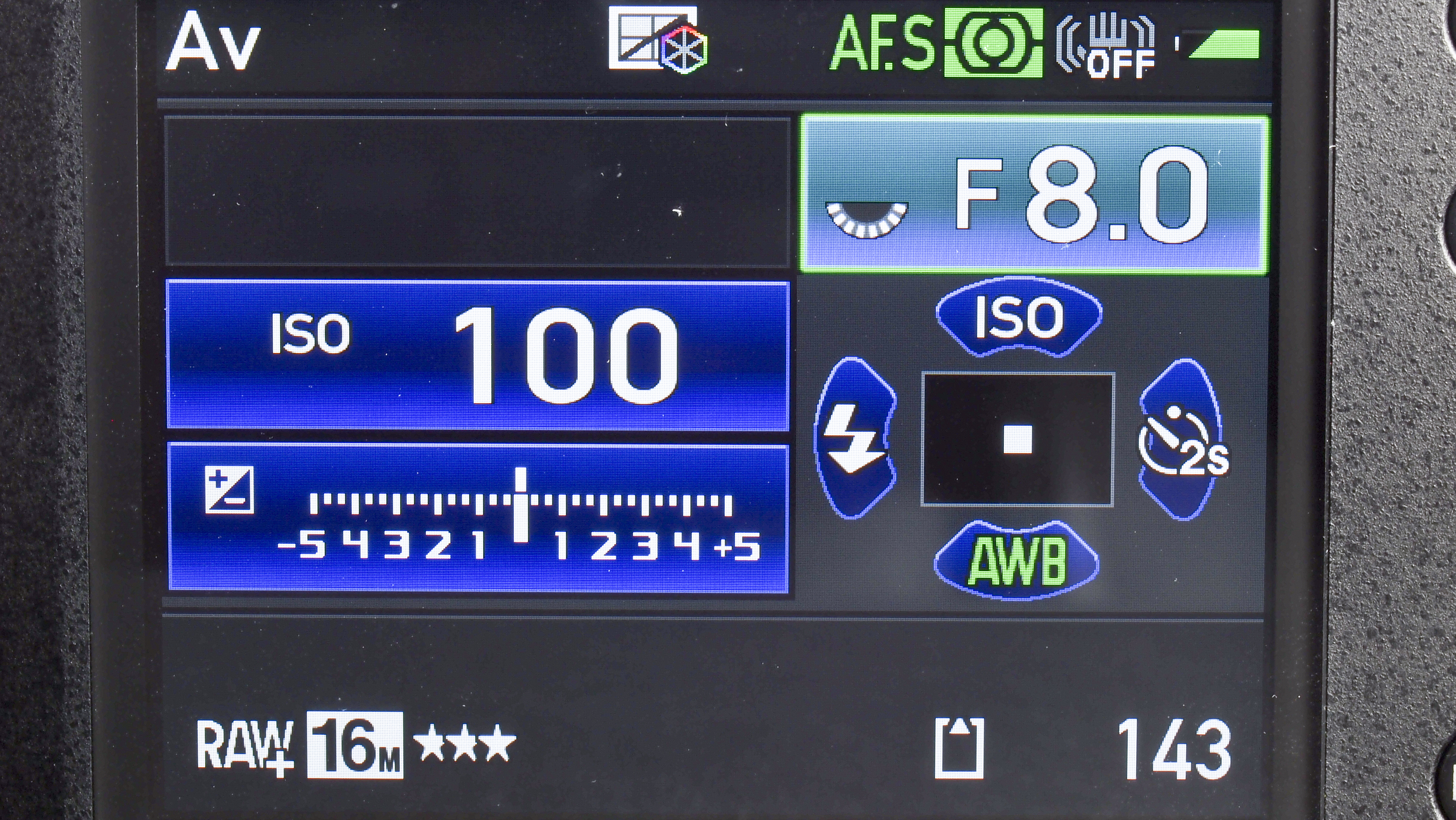
When the option to set the AF point manually is selected, holding down the OK button for a couple of seconds toggles between allowing the user to select the AF point using the navigation buttons and using them to access the white balance settings etc. It's a quick and simple arrangement.
Pressing the Info button brings up the information screen that displays 15 of the key settings. Changing any of them is simply a question of navigating to it and then scrolling though the options using the rear control dial. Alternatively, pressing the OK button brings up the options for selection. It's a very quick way of making settings changes.
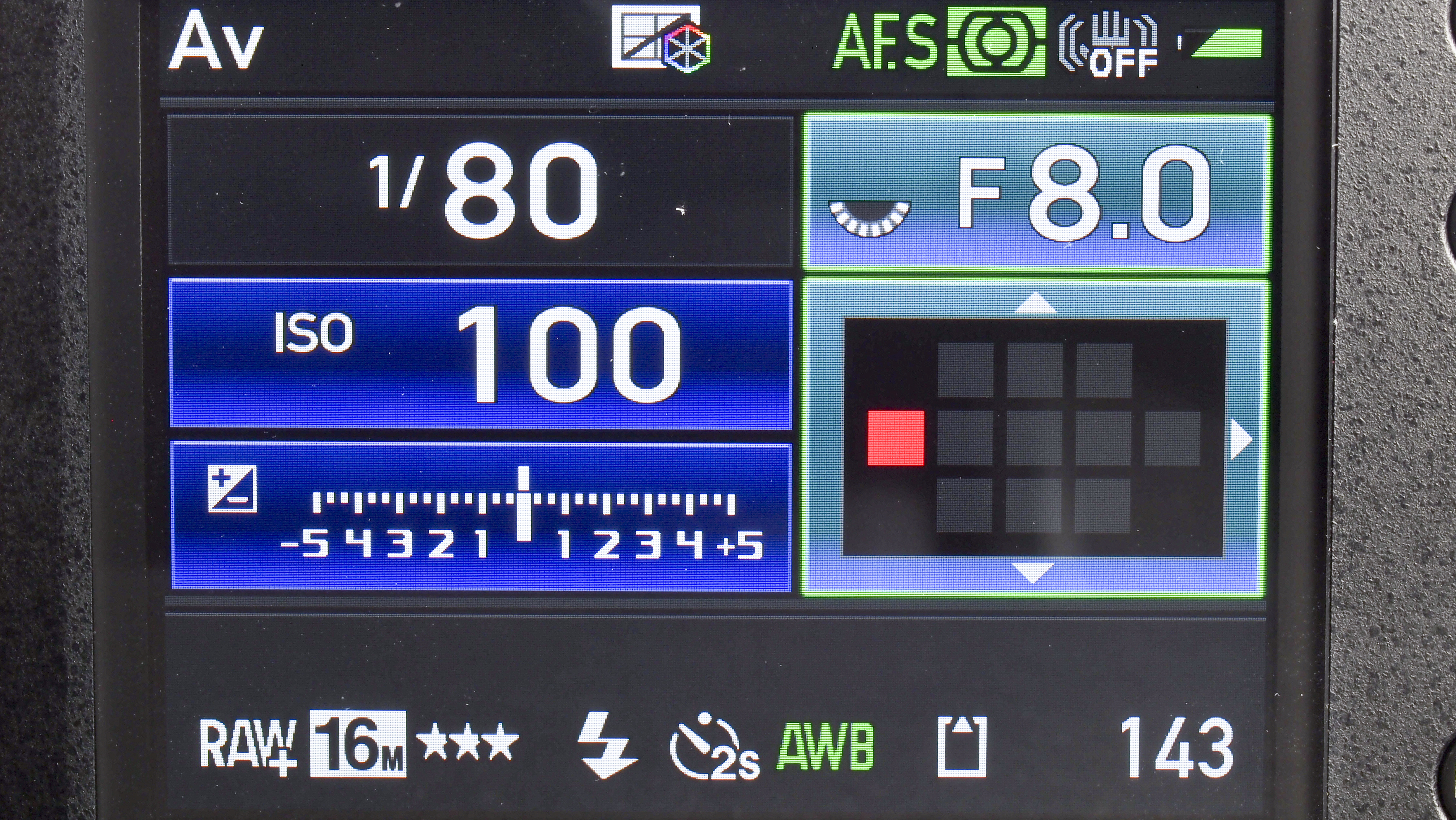
The menu is spread across 13 screens and although they are sensibly grouped with tabs, it isn't always easy to find exactly what you need quickly. The format option, for example, is on the third screen of Set-up tab, which takes a bit of finding. It's a shame that there is no option to save the most commonly used features to one screen for quick access.
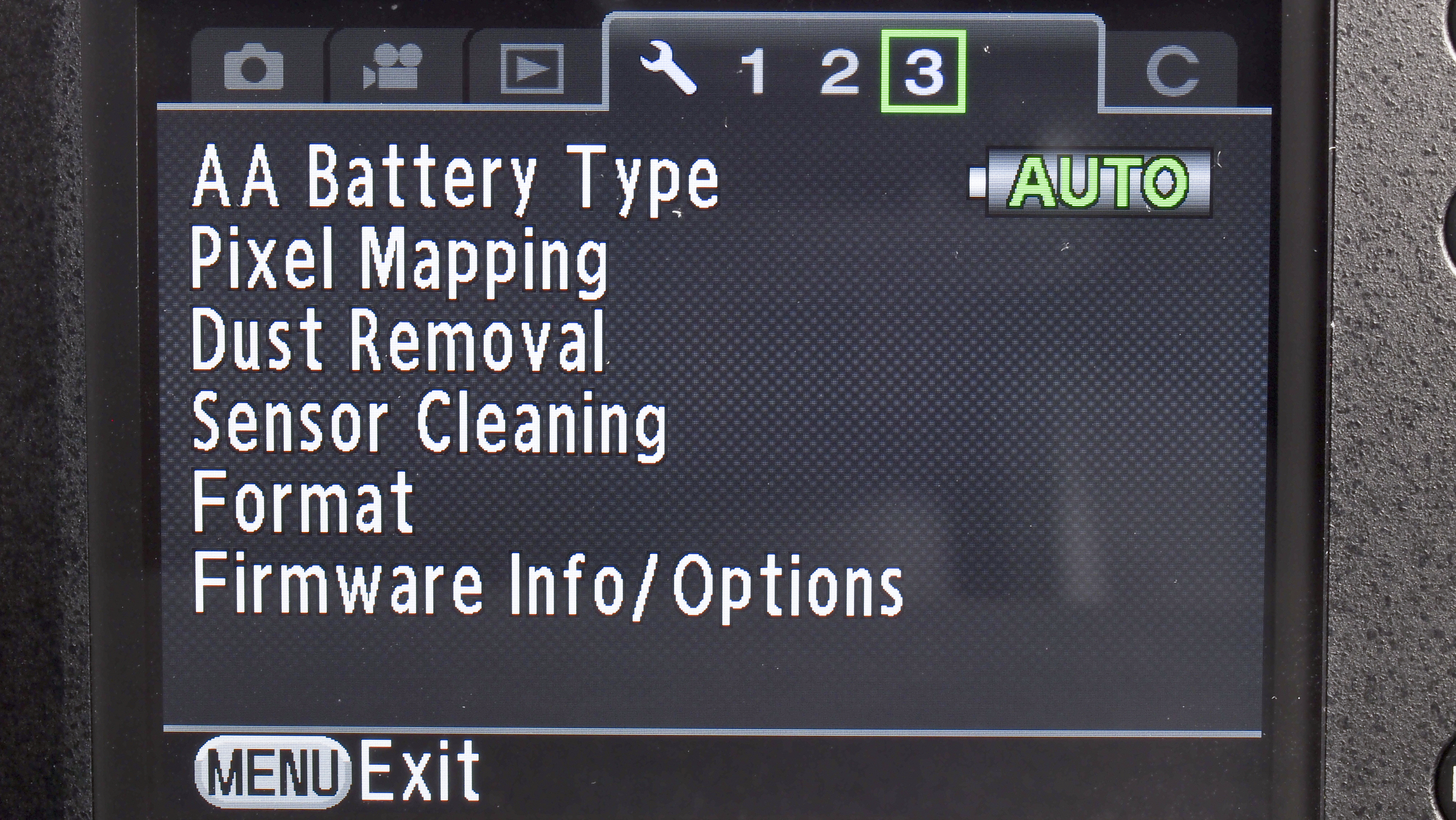
Small niggles aside, the K-30 is an enjoyable camera to use. It feels very well made and the knowledge that it won't be damaged by a downpour is very reassuring.
